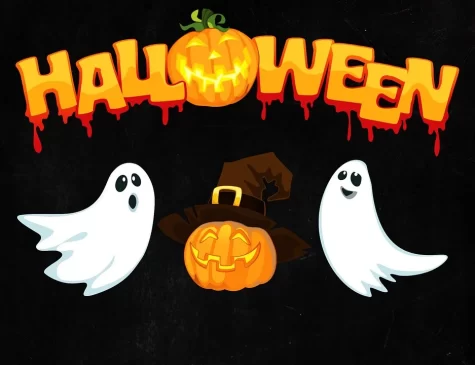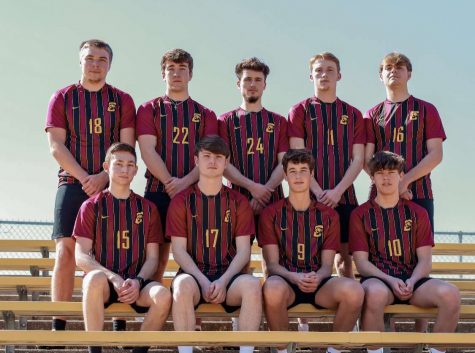Cobra Kai Review
Since “Karate Kid” was released in 1984, it has been a smash hit that spans the generations and continuing throughout a series of three sequel films. Most recently though, the series “Cobra Kai”, which takes place roughly thirty years after the events of the original film, has captured fans’ attention. Originally released on YouTube Red in 2018, Netflix has since negotiated a deal granting access and the rights to the show, making it available to stream on their platform.
When I watched the first and second seasons of Cobra Kai, I was drawn in by the interesting and gripping storyline and characters. As well as continuing on with the story, there are also flashback scenes that build on the character of Johnny Lawrence (William Zabka), the antagonist from the original movie. In the new show, Johnny has gone on to open his very own karate dojo: Cobra Kai Karate. In response to the perceived threat of his childhood bully teaching kids the same principles that caused so much harm in the ‘80s, Daniel Larusso (Ralph Macchio) opens his own competing dojo, Miyagi Do karate.
Season three comes directly following the events of the second season. It takes place in the aftermath of a school fight between the Cobra Kai and Miyagi Do students, with potentially life threatening results. It follows the progression of Lawrence and Larusso trying to make peace as they find a common enemy in former Cobra Kai sensei, John Kreese (Martin Kove).
Cobra Kai is worth the watch. There is an excellent collection of classic rock pieces which add to the ‘80’s vibe of the show. The music melds perfectly and adds to the show instead of feeling random and out of place.
There is also good use of small details such as a character cleaning their apartment to symbolize cleaning their life.
It also provides a thought provoking aspect for those that like to interpret stories. It is hard to determine who the real “bad guy” character in the show is. Even Sensei Kreese is given a backstory which sheds light on the previously unknown and altogether honorable portions of his past.
The one issue that can be found is mostly in the third season. Throughout, there are multiple fights between dojos, some containing injuries resulting in hospitalization, and breaking and entering. It is hard to believe that such actions that basically amount to a gang rivalry would be allowed to continue. This just seems to be a little fake for a show that would most likely be classified as realistic fiction.
Overall this series is entirely bingeable. It’s shortcomings are few, and its highpoints are many. The concept that it is based upon may not peak everyone’s interest, but it serves its purpose and fits well with the genre.
John is a Sophomore at Conestoga High School. He participates in numerous fine arts and academic extracurriculars such as band, one act, speech, and FBLA....







